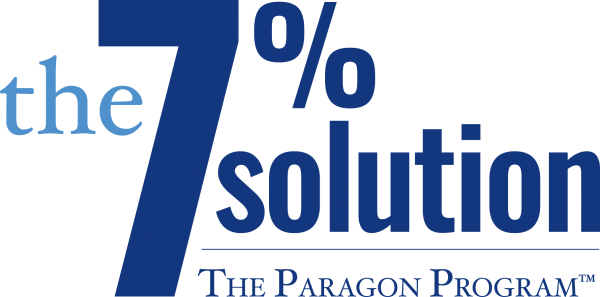Why does growth matter so much?
Ken Runkle: I first came to realize that growth mattered in 1987 or 1988; I would have been about 32 or 33 at the time. I was driving home from a client meeting. I had switched off the radio and was thinking what the key was to long-term profitability in a dental practice.
It hit me: growth was the long-term key to profitability.
I mentally reviewed every one of our profitable clients, and the only thing they had in common was that they all grew.
Some grew easily. Some grew hard. And yes, some grew ugly.
It was just like sports. Just like certain wins in college football. I remember thinking it was such an easy concept that it would probably be a hard sell to some of my clients.
Why would it be a hard sell?
Ken Runkle: Well, you must realize some people like complicated answers. In this case, you just must make your practice grow every year. If you do that, you become more profitable every year. Again, it’s such an easy answer that most people don’t comprehend it.
Is that when you came up with the 7% solution?
Ken Runkle: Not then. The 7% Solution came from a conference that Kay and I attended at the beginning of the millennium. Consultants of big companies explained real growth in a corporation – about 7%– was the key to picking a winning stock of any corporation.
This was at a church conference, and they had brought these corporate consultants in to talk about church growth. I hung on to every word they said.
They kept talking about real growth –indexed for inflation –didn’t come from the sale of a corporate asset, building or even the sales division. They pointed out that long-term consistent growth is the hardest thing to achieve – and to sustain – that any company could do it.
I was stunned when we drove home after the conference from Chicago, someone had rolled out the perfect percentage goal for our Paragon clients.
Did you realize then that if a practice grew by 7% every year, that it would double every ten years?
Ken Runkle: I guess I knew it on a mathematical and intellectual level, but I didn’t really realize it on a practical basis.
After all, it means that a one-million-dollar practice in 10 years would do two million dollars.
In ten more years, they would do four million dollars.
In 10 more years, they would do $8 million dollars. I think you get the point. It stunned me because I didn’t know of any $10 million dollar practices at that time.
None?
Ken Runkle: Well, none that I respected. Since the beginning of The Paragon Program™ in April, 1986, we have talked about the four Q’s. They are:
• Quality of dentistry
• Quality of integrity
• Quality of production and profitability
• Quality of life
Back then, I knew of eight-million-dollar practices, but they did awful dentistry or had awful turnover. In some cases, they had high production and no profitability.
Some of them had no integrity. Meaning that if the practice didn’t make their numbers, suddenly a lot of patients were getting endo the last two days of the month. (This was whether the patient needed it or not.)
What took it to the next level for you?
Ken Runkle: Our graph program. Stephanie Bowers runs our data analytics in The Paragon Program™ . We review these graphs on a regular basis. We use a red line to show where our client was in collections when they joined The Paragon Program™. A yellow line showcases a 7% annual increase from their start date in The Paragon Program™. Then we add a purple line for gross production, a blue line for net production and a green line for net collections. By looking at that graph, we can tell whether that practice is in growth. If the practice is below the yellow line, then it is below the 7% solution. Over the long term, that practice will struggle with profitability, and they may not even realize it. In some cases, the practice is so big that they don’t realize they haven’t had an increase in profitability. After a while, they will slowly realize they haven’t had any increase in their net income or profitability in years. Either way, a lack of growth will always mean a lack of profitability. I recommend that all our doctors participate in the analytics of our program. We are ultimately here to push you to be more profitable.
Any other thoughts about growth?
Ken Runkle: Since the COVID Shutdown in 2020, the actual inflationary increase is 25% in dental expenses. That means that if you haven’t raised your fees by 25%, you are still behind the curve. In addition, more & more insurance companies are pushing back on routine payments so it is getting harder and harder to collect from dental insurance companies. The result is that a number of clients do not see an increase in profitability. We know about this because our clients come to us and say they just had a meeting with their accountant and they are working harder than ever, but they are making less money.
KEN RUNKLE, FOUNDER & PRESIDENT

